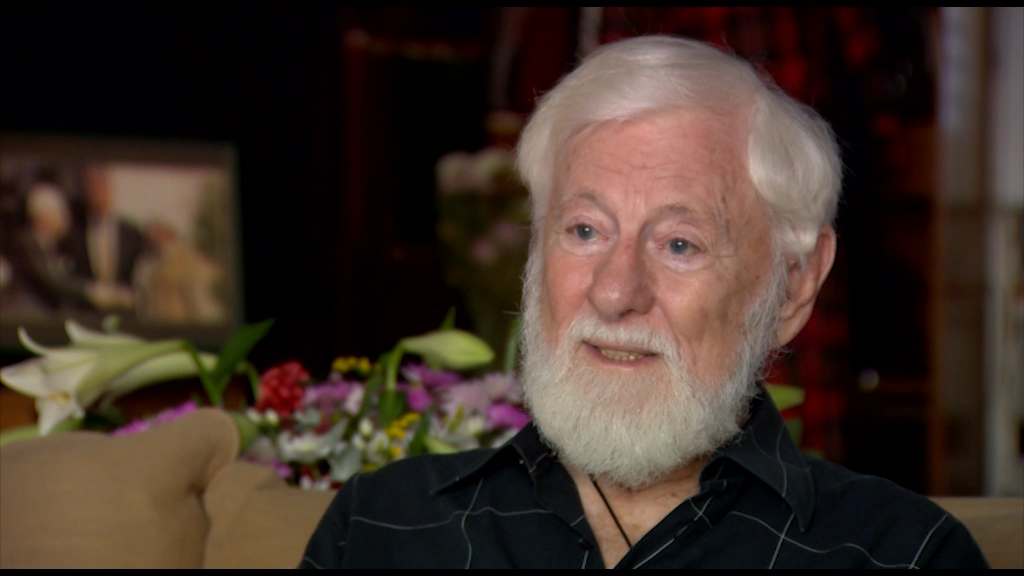NEXT STORY

The Hebron affair
RELATED STORIES

NEXT STORY

The Hebron affair
RELATED STORIES


|
Views | Duration | |
|---|---|---|---|
| 141. An enlightened occupation | 13 | 04:16 | |
| 142. Barriers tumble, friendship blossoms | 11 | 03:45 | |
| 143. Why do you have a red arse? | 10 | 03:44 | |
| 144. 'We want our own state' | 12 | 02:19 | |
| 145. Lobbying Knesset on the establishment of a Palestinian state | 10 | 04:34 | |
| 146. Voting for the reunification of Jerusalem | 18 | 03:18 | |
| 147. Two votes – two regrets | 10 | 02:48 | |
| 148. The reality of Israeli occupation | 9 | 01:55 | |
| 149. The Hebron affair | 11 | 04:30 | |
| 150. Daf, my first serious failure | 7 | 04:57 |


אז אמרנו כבר, השיחה עם ששון, ולאט-לאט הכיבוש השתנה. לקראת סוף שנות ה-60' התחילו כבר הסימנים הראשונים שזה הפך לכיבוש במובן הרע של המילה. היה ערבי אחד, שכחתי את שמו, אסיר ערבי משכם אני חושב, והייתה טענה שעינו אותו. הממשלה הכחישה והביאה תעודה של רופא, יהודי כמובן, שאמרה שאין שום סימנים של עינויים וכו' וכו' וכו’. ואני האמנתי להם. ואני אמרתי אני לא מאמין שיש עינויים. תוך זמן קצר מאוד לא היה מנוס מההכרה שיש עינויים ואני הפכתי לאחד הפעילים במבצע נגד עינויים. אבל זה הלך שלב, שלב, שלב, שלב – מהכיבוש הנאור זה גלש, אגב, דומה לצרפת בימי הנאצים. הכיבוש הנאור לאט-לאט, בצעדים קטנטנים גלש והפך למה שזה היום. אף פעם לא היה איזה צעד דרמטי אחד גדול.
So as we've said there was the conversation with Sasson, and slowly the occupation changed. In the late 1960s, the first signs were already there that it was becoming an occupation in the bad sense of the word. There was an Arab, I forget his name, an Arab prisoner from Nablus, I think, and it was claimed that he had been tortured. The government denied it and brought a certificate from a doctor - a Jew, of course - saying that there were no signs of torture. And I believed them. I said I didn't believe that there had been any torture. Within a very short time, there was no escape from the realisation that there were incidents of torture, and I became an activist in the campaign against torture. But it proceeded step by step by step, and from an enlightened occupation it slid downwards, similar, incidentally, to what happened in France during the Nazi period. The enlightened occupation slowly, with tiny steps, slipped and became what it is today. There was never one big dramatic step.
Uri Avnery (1923-2018) was an Israeli writer, journalist and founder of the Gush Shalom peace movement. As a teenager, he joined the Zionist paramilitary group, Irgun. Later, Avnery was elected to the Knesset from 1965 to 1974 and from 1979 to 1981. He was also the editor-in-chief of the weekly news magazine, 'HaOlam HaZeh' from 1950 until it closed in 1993. He famously crossed the lines during the Siege of Beirut to meet Yasser Arafat on 3 July 1982, the first time the Palestinian leader ever met with an Israeli. Avnery was the author of several books about the Israeli-Palestinian conflict, including '1948: A Soldier's Tale, the Bloody Road to Jerusalem' (2008); 'Israel's Vicious Circle' (2008); and 'My Friend, the Enemy' (1986).
Title: The reality of Israeli occupation
Listeners: Anat Saragusti
Anat Saragusti is a film-maker, book editor and a freelance journalist and writer. She was a senior staff member at the weekly news magazine Ha'olam Hazeh, where she was prominent in covering major events in Israel. Uri Avnery was the publisher and chief editor of the Magazine, and Saragusti worked closely with him for over a decade. With the closing of Ha'olam Hazeh in 1993, Anat Saragusti joined the group that established TV Channel 2 News Company and was appointed as its reporter in Gaza. She later became the chief editor of the evening news bulletin. Concurrently, she studied law and gained a Master's degree from Tel Aviv University.
Tags: Talia Sasson
Duration: 1 minute, 55 seconds
Date story recorded: October 2015
Date story went live: 11 May 2017